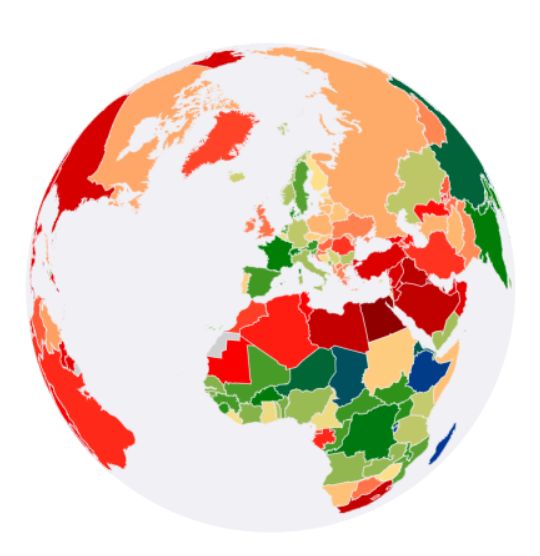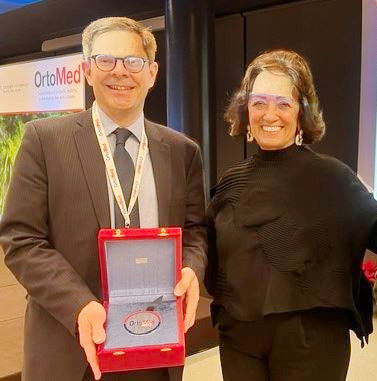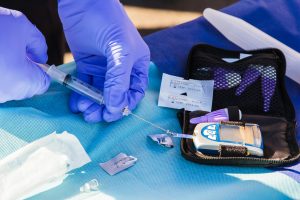[vc_row top_margin=”none”][vc_column top_margin=”none” width=”1/2″][vc_column_text]New work from the MRC Lifecourse Epidemiology Unit, University of Southampton, has demonstrated that a larger placenta is associated with larger bones amongst the offspring. This work, using the Avon Longitudinal Study of Parents and Children (ALSPAC), confirms previous findings from the Southampton group derived from the Southampton Women’s Survey.
Researchers studied 518 children who had been born to the ALSPAC study, and who underwent detailed bone assessment by dual energy x-ray absorptiometry (DXA) and peripheral quantitative computed tomography (pQCT) at 15 years old. The children were also assessed with the same measurements at 17 years old and many had undergone a DXA scan at 9 years. The mother’s placenta had been stored and measured. The Southampton group, working with colleagues at the University of Bristol, found that greater placental size at birth was associated with larger bones at each age in childhood. Interestingly, a larger placenta was associated with lower bone density, consistent with known patterns of bone growth in puberty, in which bone size increases ahead of bone mineralisation. By adulthood, both bone size and mineralisation have correspondingly increased. The researchers found that the placenta-offspring bone relationships remained robust even after adjusting for factors such as the child’s height and weight and pubertal status.
Professor Nicholas Harvey, Professor of Rheumatology and Clinical Epidemiology, who led the research in Southampton, commented, “This work builds on our previous findings from the Southampton Women’s Survey, and demonstrates that positive associations between placental size and offspring bone size are maintained even through puberty. These findings really help us to understand the possible mechanisms whereby factors such as maternal diet, smoking, physical activity and vitamin D status may influence offspring bone development.”
Professor Cyrus Cooper, Professor of Rheumatology and Director of the MRC Lifecourse Epidemiology Unit, added, “This work forms part of a larger programme of research seeking to develop interventions in early life aimed at optimising bone development and reducing the risk of osteoporotic fracture in older age. Confirmation of our earlier Southampton findings in the Bristol cohort is testament to the close working between Southampton and Bristol collaborators, and demonstrates the clear benefit to UK science from such cross-cohort investigations.” [/vc_column_text][/vc_column][vc_column top_margin=”none” width=”1/2″][vc_single_image image=”4129″ alignment=”right” style=”vc_box_shadow_3d” border_color=”grey” img_link_large=”” img_link_target=”_self” img_size=”300×300″][/vc_column][/vc_row]








